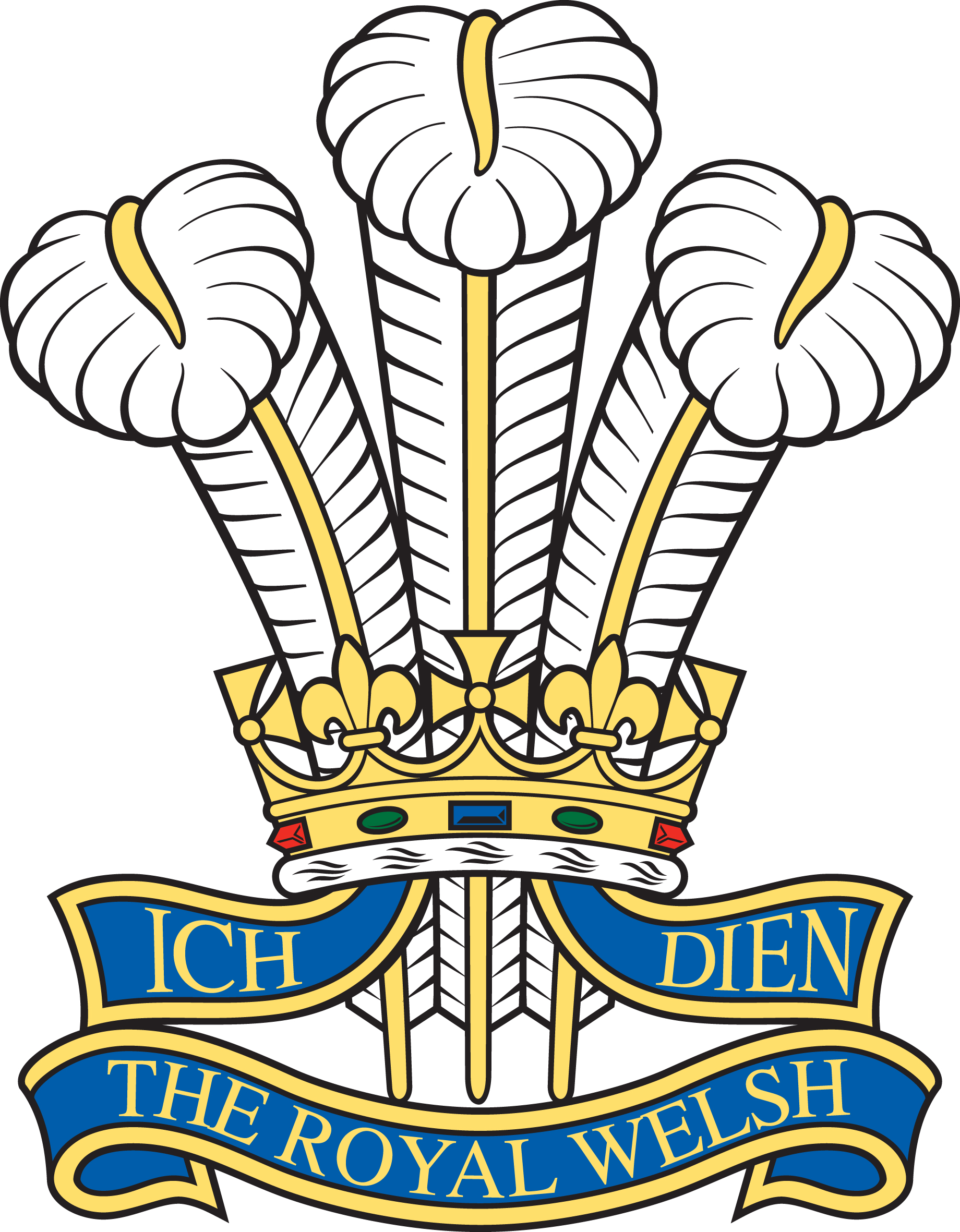The landscape paintings made by Terry Frost are unlike any other representation of nature. A…

Sweetheart Brooches
These little brooches are miniature replicas of the cap badges and insignia of military regiments. They were known as sweetheart brooches as they were usually given as tokens of love by soldiers to their wives and girlfriends before they left for active service. However, many also gifted them to their mothers, sisters and even children as keepsakes to remember them by.
This brooch (pictured below), dating from World War One, is a miniature of the South Wales Borderers cap badge. It is made from sterling silver with a blue enamel bow and was a gift to his sweetheart, Gladys, from 10417 Pte William Harvy Smith (2nd Btn, SWB). Private Smith was killed in Gallipoli on 25/4/1915.

While the first known example of a commercially produced sweetheart brooch, (a gold, diamond and enamel replica of the 10th Royal Hussars’ insignia), was made in 1886, it was not until the First World War that they grew in popularity. By the middle of 1914, brooches were available for every regiment of the British Army, as well as for the Royal Flying Corps and the Navy. Many were handmade in gold and silver and studded with precious stones, whilst others were mass-produced in factories using less costly metals. All were worn with pride to show their loved ones were ‘doing their bit’ to help the war effort.

Some brooches were special commissions from high-end jewellers, while many others were sold in small shops, set up in military camps, where servicemen could buy gifts to send to loved ones before leaving for the front.
This brooch, depicting the insignia of the Monmouthshire Regiment, was bought in 1914 by Pte J. Bessant as a gift for his wife, Mabel. He also gave her a bible, writing in it: “Presented to my wife Mabel before going to the Front by me J. Bessant. The Lord watch between me and thee while absent one from another. JB”

Many women wore their brooches for good luck, hoping to bring their loved one home safely, and others wore theirs in remembrance, to commemorate the life and service of someone they had lost.
The tradition continued throughout the Second World War and beyond. Sweetheart brooches are still produced and sold today.







This Post Has 0 Comments